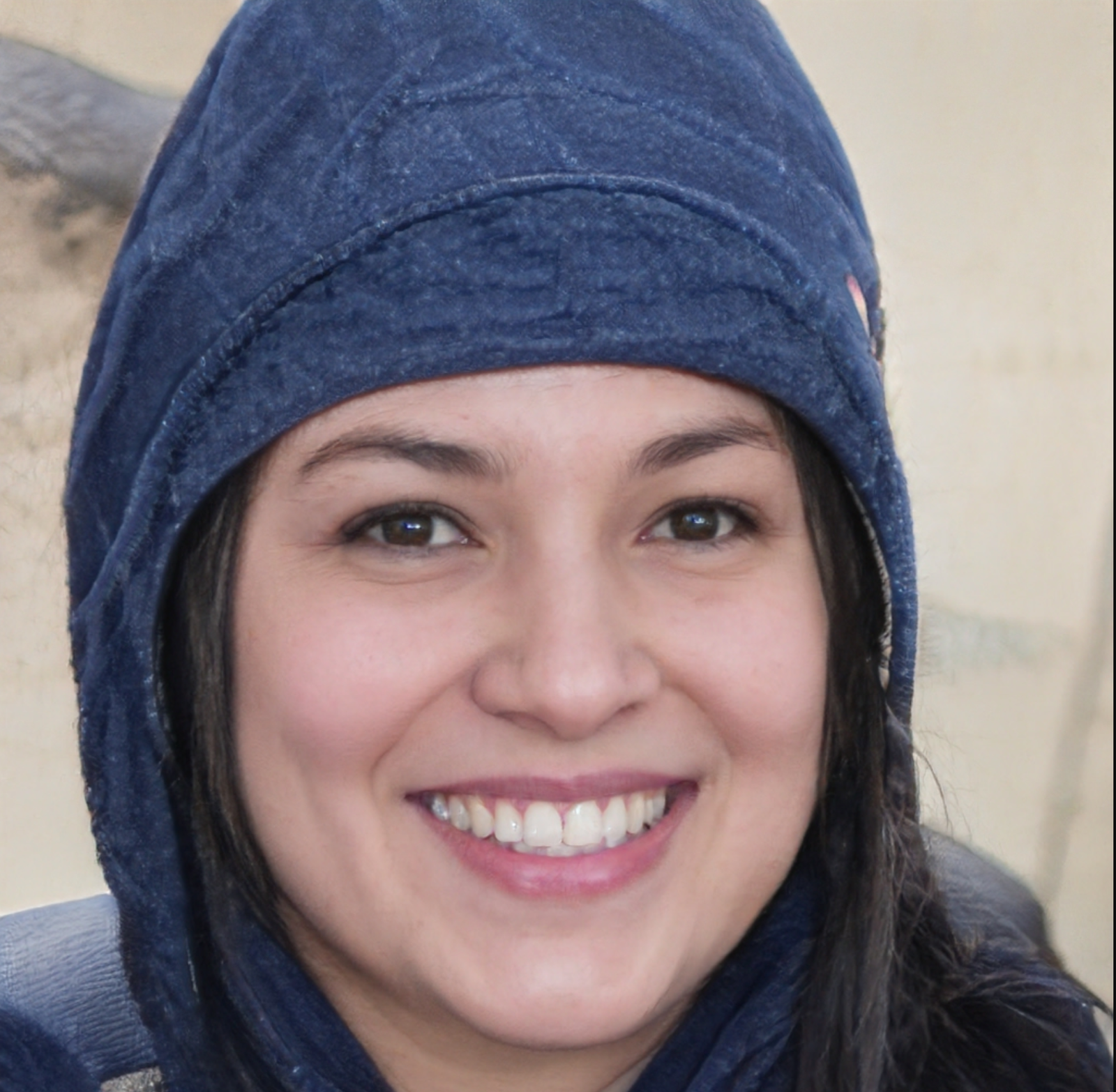When it comes to fade haircuts, the variety of styles available can be overwhelming. Among the most popular are the temple fade, taper fade, low fade, drop fade, and burst fade. Each style offers unique features and suits different face shapes and hair types. In this article, we’ll explore the differences and similarities between these styles and help you determine which fade might be the best fit for you.
Temple Fade vs. Taper Fade
Temple Fade The temple fade, also known as a temp fade, is characterized by the sharp and precise fading around the temples. This style can be combined with various top hair lengths and textures, making it versatile and trendy. It’s particularly popular among those who want a clean and edgy look without committing to a full fade around the head.
Taper Fade On the other hand, a taper fade gradually decreases the length of the hair from the top of the head down to the nape of the neck and around the ears. This style offers a more subtle and natural transition compared to the sharp contrast of the temple fade. The taper fade is ideal for those who prefer a classic, professional look.
Comparison
- Sharpness: The temple fade is sharper and more defined around the temples, while the taper fade offers a gradual transition.
- Versatility: Both styles are versatile, but the temple fade can be more dramatic.
- Suitability: The temple fade suits round and oval face shapes, adding angles and definition. The taper fade works well for all face shapes, providing a neat and polished appearance.
Temple Fade vs. Low Fade
Low Fade A low fade begins the fading process just above the ears and curves around the head, creating a subtle and understated look. It’s perfect for those who want a conservative style that still has a modern touch.
Comparison
- Fade Height: The temple fade focuses on the temples, while the low fade starts lower on the head.
- Impact: The temple fade creates a bold statement, whereas the low fade is more reserved.
- Face Shapes: The temple fade is great for adding definition to round faces, while the low fade suits square and heart-shaped faces by softening the jawline.
Temple Fade vs. Drop Fade

Drop Fade A drop fade is distinguished by its curved fade line that dips behind the ears. This style follows the natural curvature of the head, giving it a unique and stylish appearance.
Comparison
- Fade Line: The drop fade features a curved line, whereas the temple fade has a straight, defined fade around the temples.
- Style: The drop fade offers a modern twist to traditional fades, while the temple fade is bold and sharp.
- Hair Types: Both styles are suitable for various hair types, but the drop fade can add dimension to wavy and curly hair.
Temple Fade vs. Burst Fade
Burst Fade The burst fade, also known as the South of France fade, radiates outwards from the ear, creating a sunburst effect. It’s a favorite for those looking to add flair and personality to their haircut.
Comparison
- Shape: The burst fade creates a circular fade pattern, unlike the linear temple fade.
- Boldness: Both styles are bold, but the burst fade has a more creative and playful look.
- Maintenance: The temple fade requires regular touch-ups to maintain its sharp lines, while the burst fade may need less frequent maintenance.
Choosing the Right Fade for Your Face Shape and Hair Type
When selecting a fade haircut, consider your face shape and hair types. To learn more about Haircuts for different hair types click here.
- Round Faces: Temple fades and taper fades add angles and definition, making the face appear more elongated.
- Oval Faces: Almost any fade style suits this versatile face shape, but the low fade and temple fade are particularly flattering.
- Square Faces: Low fades and drop fades soften the strong jawline, creating a balanced look.
- Heart-Shaped Faces: Taper fades and low fades help to reduce the width of the forehead and enhance the chin area.
For different hair types:
- Straight Hair: Temple fades and taper fades work well, providing a clean and sleek look.
- Wavy Hair: Drop fades and burst fades add texture and dimension to wavy hair.
- Curly Hair: Temple fades and burst fades can enhance the natural curls and create a dynamic style.
Conclusion
Choosing the right fade haircut depends on your style, face shape, and hair type. The temple fade stands out for its sharp and edgy look, while the taper fade offers a classic and professional appearance. Low fades provide a subtle and modern touch, drop fades add a unique curvature, and burst fades bring creativity and flair to the table.
For more detailed insights on how to choose the right haircut for your hair type, check out our guide on haircuts for different hair types.
By understanding the nuances of each fade style, you can make an informed decision that enhances your appearance and suits your lifestyle.

Olivia Harper is a lifestyle guru with a background in journalism and over 10 years of experience in writing about modern living. She covers a wide range of topics, including travel, fashion, relationships, and personal development. Olivia’s engaging writing style and expert knowledge make her articles a must-read for anyone looking to enhance their lifestyle.




